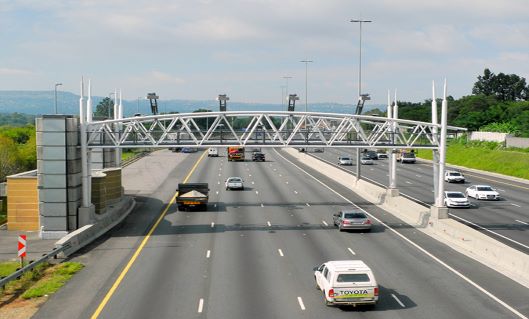
Lerato Mailoane
On Monday, MEC for Finance and Economic Development, Lebogang Maile announced that the Gauteng Provincial Government has paid SANRAL R3.8 billion for e-toll debt.
Addressing a media briefing, MEC Maile said that the provincial government has begun servicing its historical e-toll debt of R12.9 billion, committing to pay it off in five equal annual instalments at government’s five-year interest rate.
The first instalment, paid on Monday, amounted to R3.8 billion, consisting of R3.2 billion for historical debt and R546 million for highway maintenance.
“The first instalment that we are paying today requires the provincial government to manage finances in a prudent manner whilst carefully balancing the service delivery needs of the citizens.”
MEC Maile said the provincial government would not compromise priorities in social services such as health and education.
“Rest assured that despite the constraints and difficulties, we are doing everything in our power, working with national government, to ensure that service delivery is not affected.”
The fiscal trajectory of the provincial government must be addressed through a combination of active debt management strategies and spending restraint that improves the primary fiscal balance and elimination of wastage and leakages in the system.
“The province will need to allocate a substantial amount of funds each year for the next five years to meet the repayment obligations.”
Maile said to address these fiscal challenges, Gauteng provincial treasury is working with revenue-collecting departments to identify alternative sources of revenue. This aims to ensure that frontline services remain uncompromised, prioritising programmes that foster growth, safeguarding essential social services for vulnerable members of society, maintaining the provision of basic services in the province.
Maile also urged provincial departments and entities to explore alternative sources of funding to supplement the existing constrained revenue streams and thus enhance fiscal sustainability over the long-term.
“Partnerships with private sector, donor funding, developmental finance are among the possible alternative funding sources.
“The provincial government also views Public Private Partnerships as a key vehicle to not only deliver infrastructure but for its ability to stimulate the economy, create jobs and deliver projects within cost, time and quality whilst providing the upfront funding for these projects. Therefore, PPPs with revenue raising potential will be prioritised,” he said.
SOURCED FROM GPG WEBSITE.

